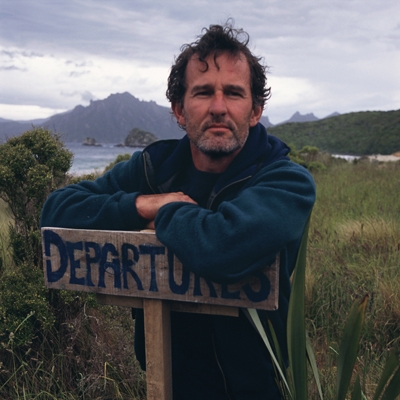In May 2009 I set out on a two-month “state-of-the-forests” mangrove tour of the Americas. I wanted to document the plight of mangroves in the region and assess the impact of their loss on the thousands of coastal people who rely on these forests for food, shelter and livelihoods. It would be a wide-ranging journey, both in the places I visited—from Florida and the Bahamas to Ecuador and Cuba—and in the people I met: from ecologists studying nutrient pathways in mangrove fauna to activists protesting against the juggernaut of shrimp aquaculture that has been responsible for so much mangrove destruction. I started a blog called “Last Stands” so that people could follow me as I crisscrossed the region, experiencing the unique world of the mangrove forest. These travels provided much of the material for my just-published book, Let Them Eat Shrimp. I invite you to share some of the highlights of my journey in these excerpts from the blog.
Nowhere did the impact of shrimp aquaculture on people’s lives strike me more forcibly than in a tiny Brazilian coastal community called Porto do Céu, which translates to “gates of paradise.” A more bitterly ironic name could not be imagined, because Porto do Céu is a village whose water supply is undrinkable due to salt-water contamination due to shrimp aquaculture, and whose residents are unable to travel to their mangrove collecting grounds because shrimp ponds are in the way. I had written about this village in National Geographic, and described its impact on me in the blog . . . Read more »
Kennedy Warne co-founded New Zealand Geographic magazine in 1988, and served as the magazine’s editor until 2004, when he relinquished the editorship in order to pursue his own writing and photography. He has written for National Geographic, Smithsonian, Canadian Geographic, GEO and various travel publications, and continues to contribute regularly to New Zealand Geographic.


